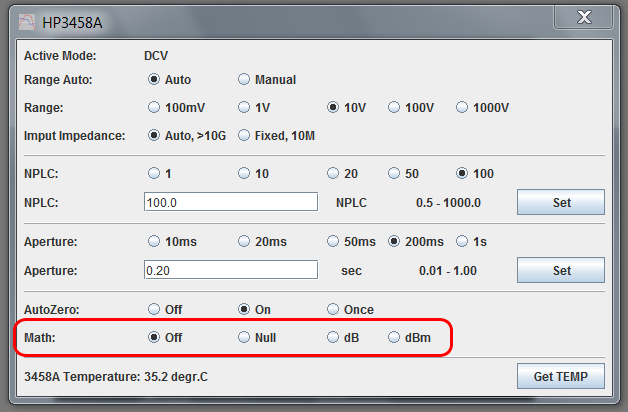There are specific posts in this thread covering most of this, but a summary doesn't hurt.
Rigol Pros: HDMI, VESA mount, WiFi built in.
Smaller size, battery option, more accessible UI, easy/neat Wifi with web/ftp access to the 'scope...
Rigol can go to 100MHz (or 125MHz) but is severely limited by its sampling rate.
Nope. Rigol can go to 280Mhz measured bandwidth, and shows signal far beyond that.
I wouldn't leave it at that bandwidth for general use but it's there if you need it and it only takes about 10 seconds to switch the model.
There's also 225MHz, 200Mhz and 125MHz options.
The lower sample rate sounds scary but when you're looking at real-life signals with probes clipped onto wires? Not so much.
(And there's no problem at all with 1 or 2 channels)
Your pointed out that advantages are telling us that it would be better as a portable multimedia device.
Switching the device BW by constantly tinkering with system apps is not same as having device that simply works.
It seems to me that people that own DHO800 Rigol scopes are buying that device to play and tinker with the scope itself, not to use it. There are also people that would buy a scope to work on their projects and want scope to simply work. To each, their own.
And again with channels. If that is your argument then fine.
But that is a 2 ch scope then.
Because with 4 ch it is not working properly.
Or 4 Ch with 70MHz.
But you cannot have it both ways.
Difference is that "the other" scope actually does work as 4ch 200MHz BW scope.
At all times, no special conditions..
So one scope is simple scope with multimedia and tinkering "built in" and the other device is serious instrument, designed to work as proper measurement instrument, with no gizmos and frills.
One is for hackers/makers and people that like to play with things, the other is inexpensive serious instrument (within obvious limits of it's class) for people that need that.



 Recent Posts
Recent Posts .
.